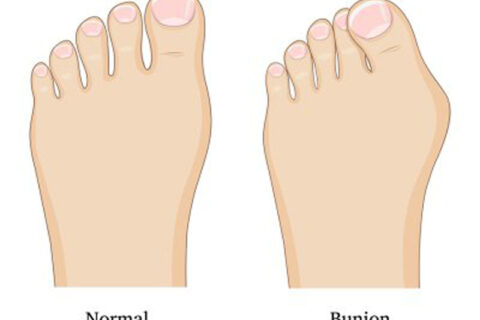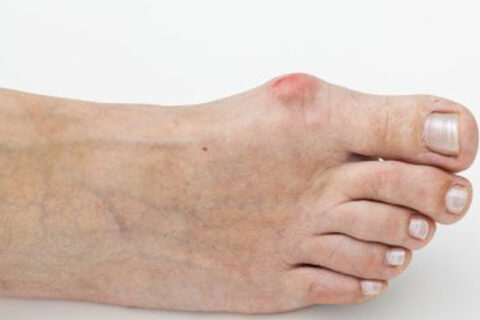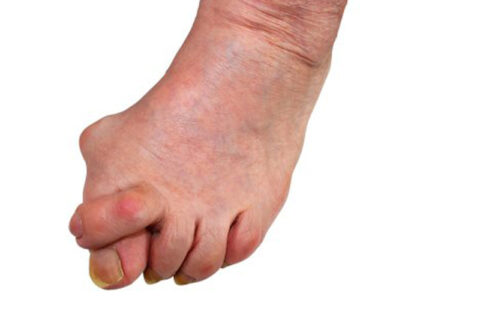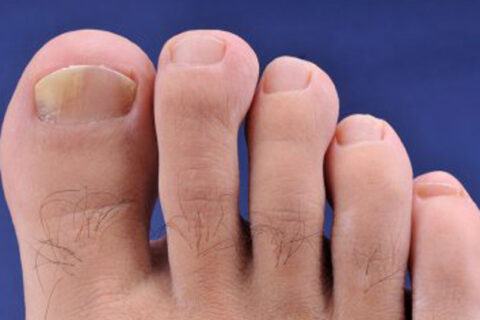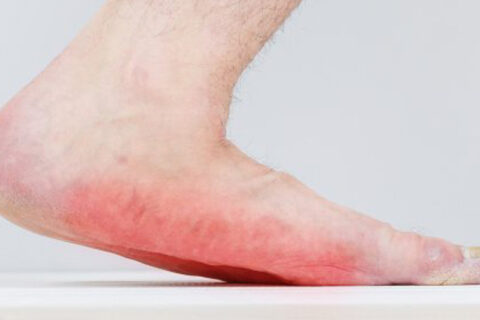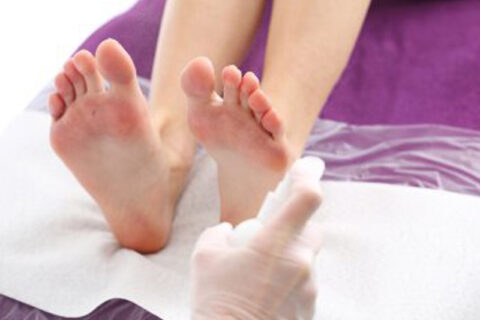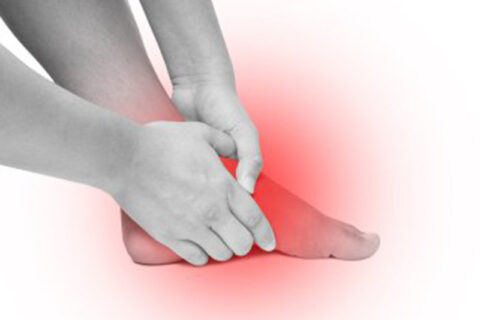Category: Foot Doctor
Understanding Morton’s Toe
Your foot has five long bones that connect each toe to the midfoot. These bones are called…
After you have undergone bunion surgery in Sugar Land, it’s normal to be anxious to determine if the procedure was effective. Because bunions…
Bunions are more than unsightly. They can also be painful and make it difficult to walk or wear shoes. Although bunions are notorious for coming…
Bunions are foot deformities that cannot be reversed non-surgically. If a bunion specialist in the Sugar Land area diagnoses you with this…
Bunion surgery is the only way to correct this painful foot deformity. Unfortunately, it’s possible for the surgery to fail, and for the…
Fungal nails are unsightly, embarrassing, and occasionally smelly. They are also notoriously difficult to treat. A podiatrist in Sugar Land can…
Patients with flat feet in the Sugar Land area can have reconstructive foot surgery to prevent complications of this condition, such as…
It’s possible for a podiatrist to detect changes associated with diabetes before you do. Foot doctors serving the Sugar Land area are always on…
Surgery is a common strategy podiatrists use to correct health problems with the feet. Because recovery time from foot surgery can be lengthy,…
The appearance of a lump under the skin can be alarming, but fortunately, lumps aren’t always cancerous. Sometimes, the development of lumps along…

